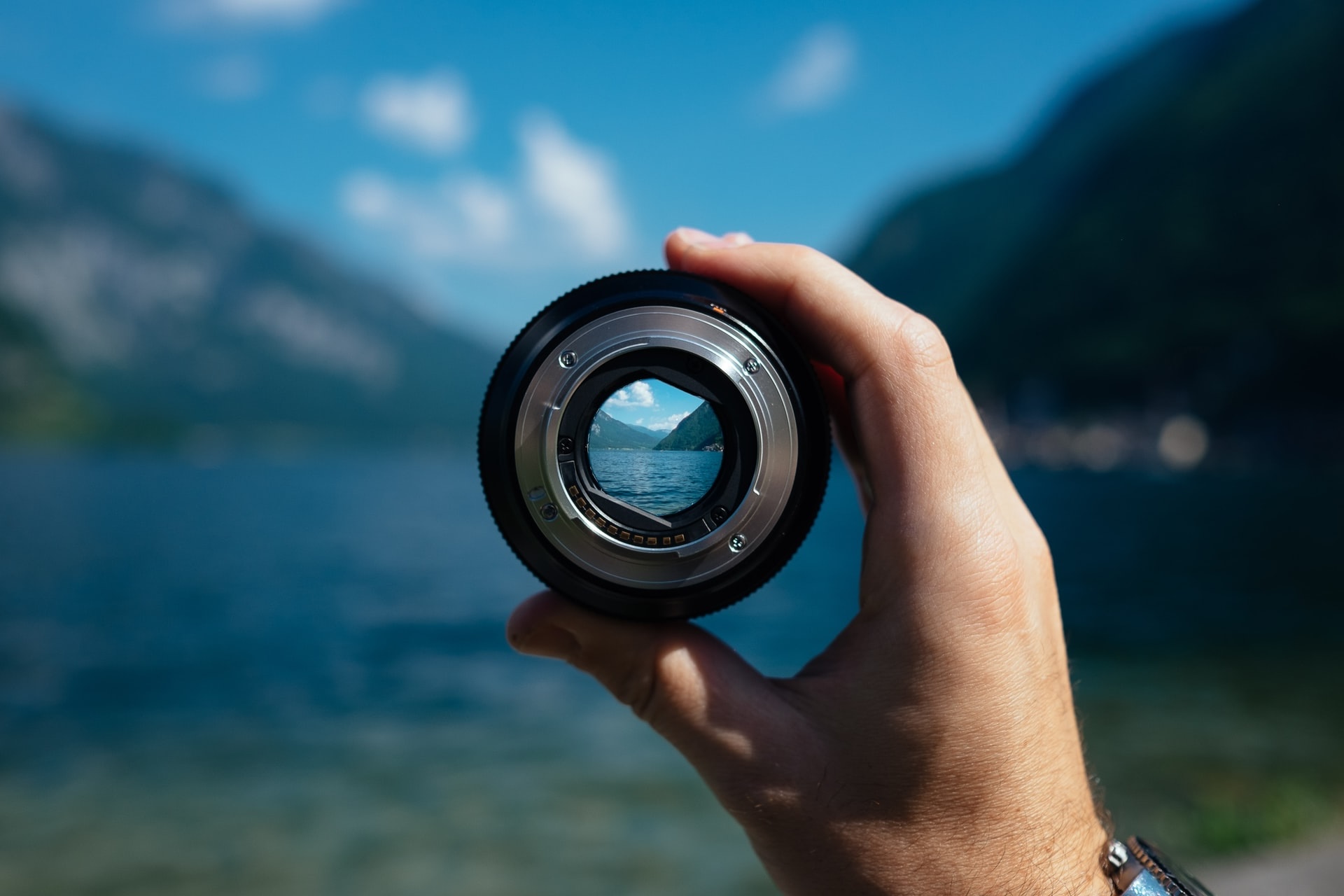
Lenses are everywhere, from your glasses to your camera. But how much do you really know about these everyday objects? Lenses are more than just pieces of glass or plastic; they are marvels of science and engineering. They can bend light, magnify tiny details, and even help us see into the vastness of space. Whether you're a budding photographer, a science enthusiast, or just someone curious about the world, understanding lenses can open up a whole new perspective. In this blog post, we'll dive into 30 fascinating facts about lenses that will change the way you see the world—literally!
The Basics of Lenses
Lenses are everywhere, from cameras to eyeglasses. They help us see the world more clearly and capture moments. Let's dive into some fascinating facts about lenses.
-
Lenses bend light to focus it on a specific point. This process is called refraction.
-
Convex lenses are thicker in the middle and thinner at the edges. They converge light rays to a focal point.
-
Concave lenses are thinner in the middle and thicker at the edges. They diverge light rays, making them spread out.
-
The first lenses were made from polished crystal or glass. Ancient Egyptians and Greeks used them to start fires by focusing sunlight.
-
Eyeglasses were invented in Italy around the 13th century. They were initially used by monks and scholars.
Lenses in Technology
Lenses play a crucial role in various technologies. From cameras to microscopes, they help us explore and understand the world.
-
Camera lenses use multiple glass elements to reduce distortion and improve image quality.
-
Microscopes use lenses to magnify tiny objects, allowing scientists to study cells and microorganisms.
-
Telescope lenses help astronomers observe distant stars and galaxies. They gather and focus light from celestial objects.
-
Contact lenses are thin lenses placed directly on the eye's surface to correct vision.
-
Laser lenses focus laser beams for cutting, welding, and medical procedures.
Fun Facts About Lenses
Lenses have some quirky and interesting aspects. Here are a few fun facts that might surprise you.
-
The largest lens ever made is the 8.4-meter primary mirror of the Large Synoptic Survey Telescope.
-
Insects' eyes have multiple lenses. A dragonfly, for example, has up to 30,000 lenses in its compound eyes.
-
The human eye has a natural lens that changes shape to focus on objects at different distances.
-
Sunglasses use polarized lenses to reduce glare from reflective surfaces like water or roads.
-
Virtual reality headsets use lenses to create a 3D effect by displaying slightly different images to each eye.
Lenses in Everyday Life
Lenses are part of our daily routines, often without us even realizing it. They help us see better and capture memories.
-
Magnifying glasses use convex lenses to enlarge small text or objects.
-
Projectors use lenses to display images or videos on a screen.
-
Binoculars use a combination of lenses and prisms to magnify distant objects.
-
Rearview mirrors in cars often have convex lenses to provide a wider field of view.
-
Smartphone cameras have tiny lenses that capture high-quality photos and videos.
Historical Impact of Lenses
Lenses have significantly impacted science, art, and daily life throughout history. They have enabled discoveries and innovations.
-
Galileo Galilei used a telescope with lenses to observe the moons of Jupiter, revolutionizing astronomy.
-
Antonie van Leeuwenhoek used simple microscopes with powerful lenses to discover bacteria and other microorganisms.
-
The invention of the camera in the 19th century relied on lenses to capture and preserve images.
-
Lenses in eyeglasses have improved the quality of life for millions by correcting vision problems.
-
The Hubble Space Telescope uses lenses and mirrors to capture stunning images of distant galaxies.
Modern Innovations in Lenses
Advancements in lens technology continue to shape our world. Modern lenses are more sophisticated and versatile than ever.
-
Adaptive lenses can change their focus automatically, improving vision for people with presbyopia.
-
Anti-reflective coatings on lenses reduce glare and improve visibility in low-light conditions.
-
Smart lenses can monitor health conditions like glucose levels in diabetic patients.
-
Zoom lenses allow photographers to change the focal length, capturing both wide-angle and close-up shots.
-
Augmented reality glasses use lenses to overlay digital information onto the real world, enhancing our interaction with technology.
Lenses: A World of Wonders
Lenses have shaped our world in ways we often take for granted. From microscopes that let us see tiny organisms to telescopes that reveal distant galaxies, lenses are everywhere. They’re in our glasses, helping millions see clearly, and in cameras, capturing memories. Contact lenses offer a more discreet vision correction, while magnifying glasses make small text readable. Even in virtual reality headsets, lenses play a crucial role in creating immersive experiences. Understanding these facts about lenses not only highlights their importance but also sparks curiosity about the science behind them. Next time you look through a lens, remember the incredible journey of innovation and discovery that brought it to you. Whether for science, art, or everyday life, lenses truly are a marvel of human ingenuity.
Was this page helpful?
Our commitment to delivering trustworthy and engaging content is at the heart of what we do. Each fact on our site is contributed by real users like you, bringing a wealth of diverse insights and information. To ensure the highest standards of accuracy and reliability, our dedicated editors meticulously review each submission. This process guarantees that the facts we share are not only fascinating but also credible. Trust in our commitment to quality and authenticity as you explore and learn with us.
